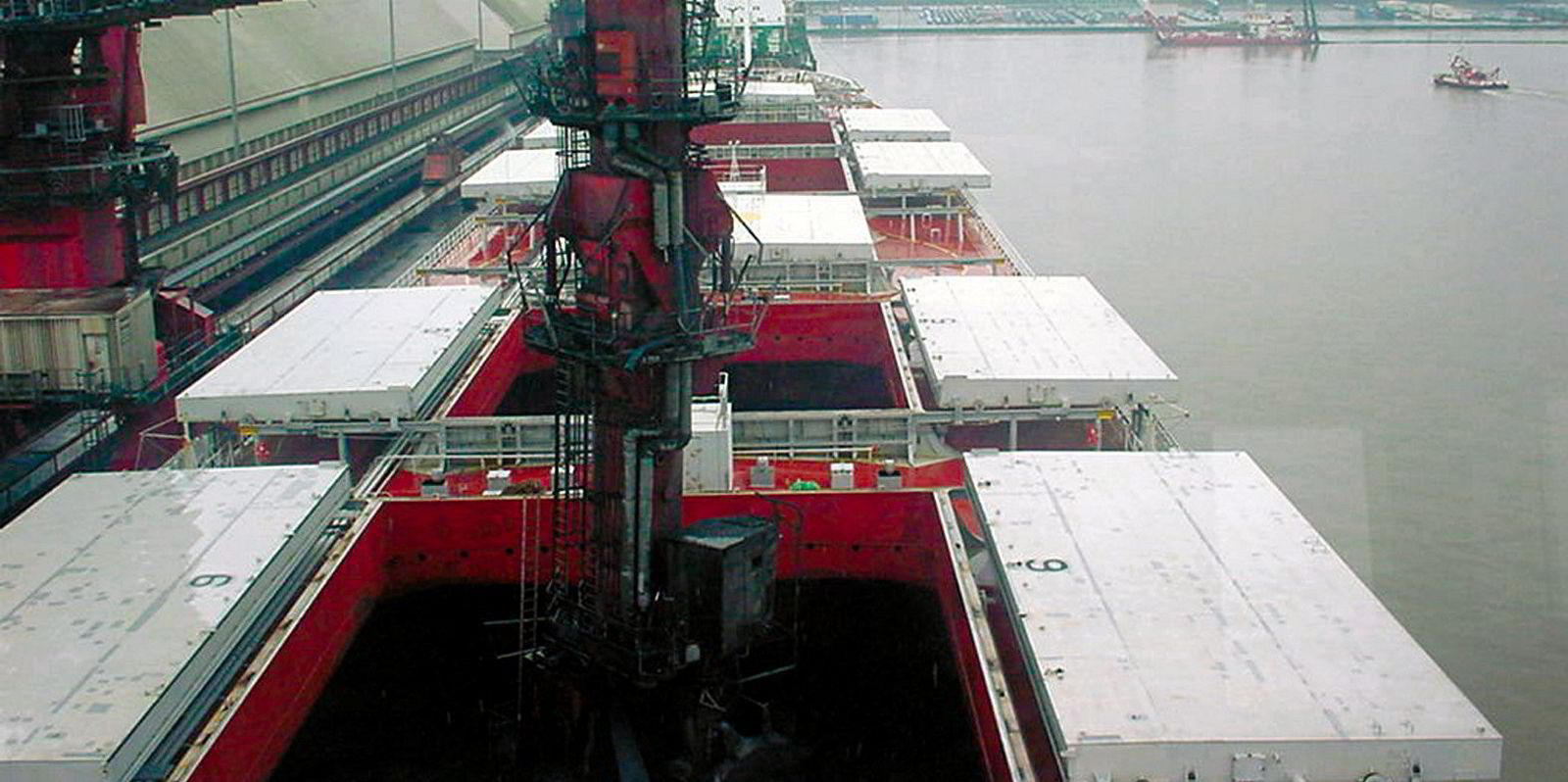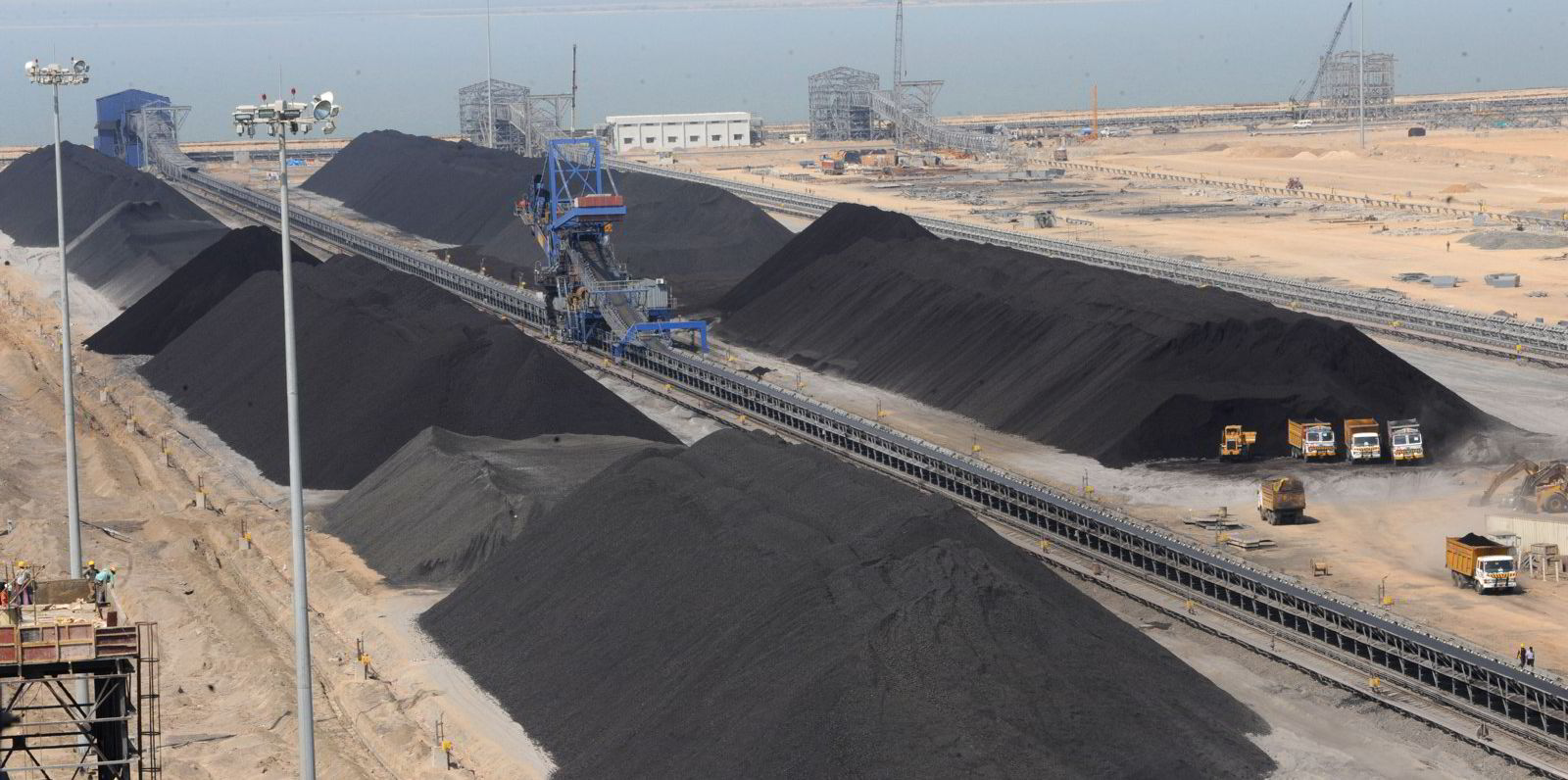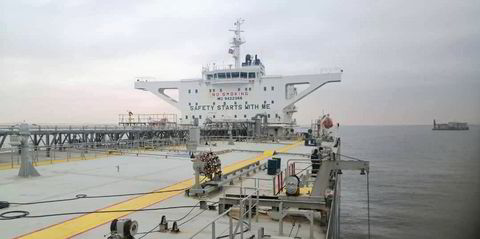The Baltic Dry Index reached a seven-week low on Thursday as it continued a steady two-week decline driven by low trading volumes.
The dry bulk market barometer fell 16 points to 1,385 on Thursday, marking the first time it has been below 1,400 points since 15 September. The day’s slump extended a downward trend that began on 19 October at almost 2,100 points, according to the Baltic Exchange.
The BDI’s most recent slip occurred on Thursday as average spot rates for capesizes, panamaxes, supramaxes and handysizes modestly but simultaneously lost ground.
The exchange’s Capesize 5TC basket of spot-rate averages across five key routes dipped 0.9% to about $15,600 per day on Thursday, while the Panamax 5TC declined 1.9% to just over $13,100 per day.
The Supramax 10TC slipped 1% to below $12,200 per day, and the Handysize 5TC also came off 1% to reach about $11,600 per day.
Two Rio Tinto capesize fixtures over the past two days reflected retreating rates in the capesize sector.
The Australian miner chartered an unnamed capesize to ship 170,000 tonnes of iron ore from Dampier, Australia, to Qingdao, China, at $8 per tonne on Thursday.
On Wednesday, Rio Tinto fixed an unnamed capesize to ship the same amount of the commodity on the same route at a slightly higher $8.15 per tonne, according to the exchange.
Both vessels will be loaded from 15 to 19 November.
Clarksons Securities analyst Frode Morkedal wrote in a note on Thursday that growing tonnage lists and softer demand in the Atlantic and Pacific basins have pulled down rates for all dry bulk segments.
“Panamax and supramax activity has also declined, with softer demand from the Atlantic being a key driver,” he said.
“In the Pacific, a growing tonnage list combined with continued low trading volumes are weighing on the market, with only one of the major players participating yesterday.”
But the futures market for most dry bulk shipping segments gave some positive indicators for the sector on Thursday.
December contracts for capesizes improved 8% to almost $14,000 per day, while those for panamaxes rose 3.1% to almost $11,500 per day and those for supramaxes went down 1.9% to about $10,200 per day.






